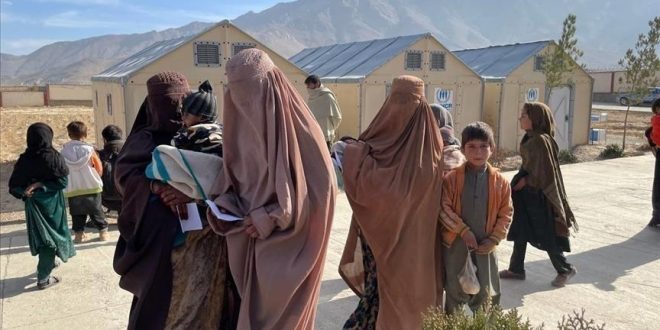AT News
KABUL – Activists have raised concerns about a significant increase in suicides among Afghan women since the Taliban regained power in August 2021. While the exact numbers are challenging to ascertain, rights groups believe that suicide cases are vastly underreported, possibly reaching hundreds each month.
Factors contributing to the rise in suicides among Afghan women include deteriorating living standards, especially due to the ban on education and employment for women and girls. Economic conditions have worsened, leading to widespread poverty, depression, forced marriages, domestic violence, and a lack of social life. Reports suggest that regions like Takhar, Kunduz, Bamyan, Badghis, Faryab, and Mazar-i-Sharif, along with other rural areas, have been disproportionately affected.
The issue of underreporting is exacerbated by families’ reluctance to disclose such incidents and pressure from the Taliban, who try to suppress media coverage on suicides. Activist Maryam Marof Arwin, heading the Afghanistan Women and Children Strengthen Welfare Organization, claims that her organization receives reports of at least nine to 11 suicides by women every month, many of whom are young girls. However, the actual number may be much higher.
Former Deputy Speaker of Afghanistan’s Parliament, Fawzia Koofi, previously highlighted the desperation leading to women taking their lives due to the lack of opportunities and mental health support. A June report by UN-appointed rights experts accused the Taliban of “gender apartheid” and “gender persecution,” further exacerbating the situation for Afghan women.
To address the issue, activists and journalists have turned to social media, particularly X (formerly known as Twitter), to report cases of suicides. Zan TV, previously operated by women journalists, has been sharing updates on the situation. The Taliban has rejected claims of gender discrimination, accusing the UN and some Western institutions of spreading misinformation.
Overall, the worsening situation for Afghan women is attributed to factors such as unemployment, lack of education, domestic violence, forced marriages, and poverty. Women who were previously responsible for supporting their families have been left jobless and facing significant challenges in providing for their families under the Taliban’s restrictions.
 Afghanistan Times
Afghanistan Times




